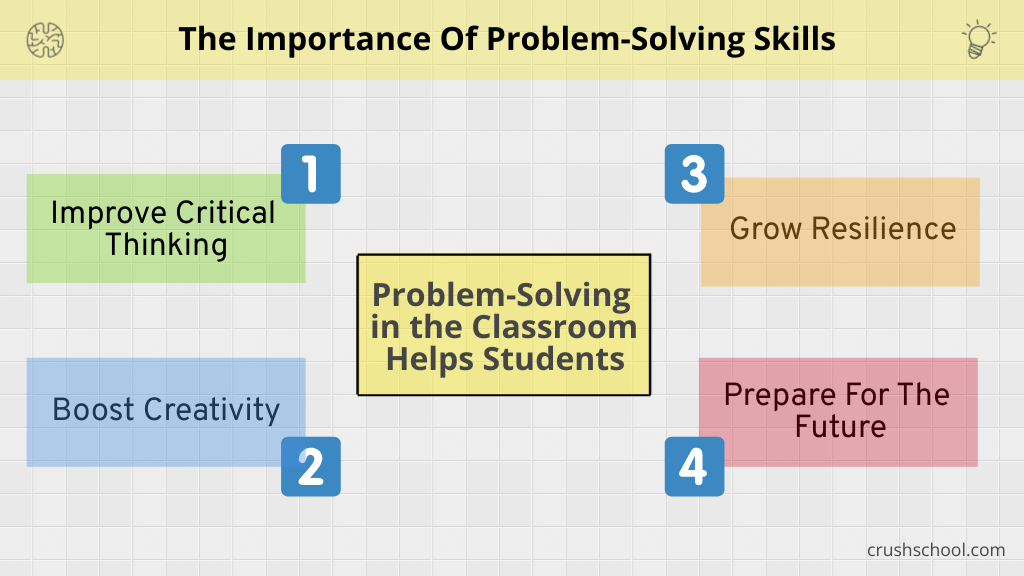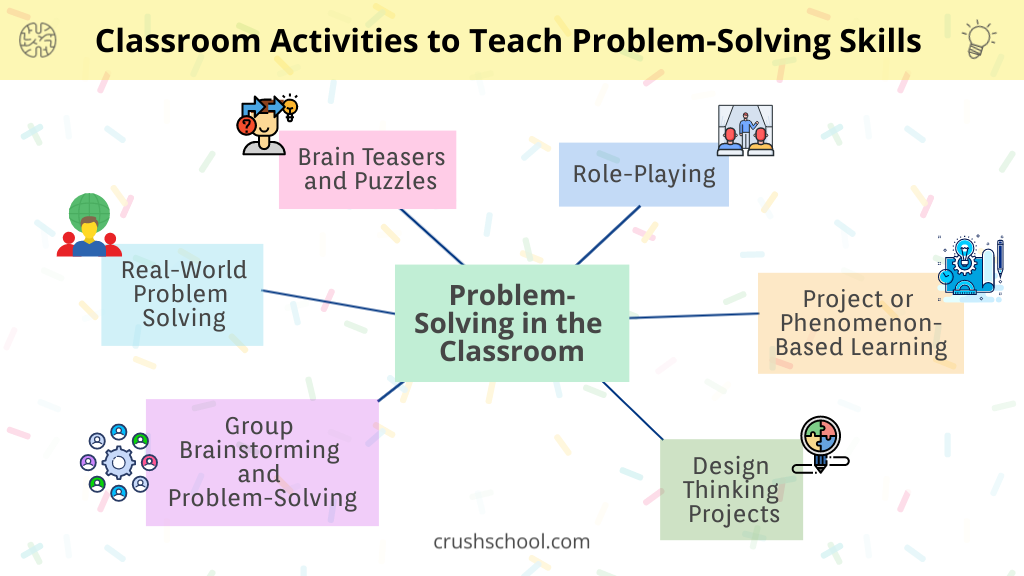Introductory Activities in Science: Using NGSS the Right Way to Engage Students
The first few days of science class set the tone for the entire year. Ideally, the activities we design for the first week of school lead to classes buzzing with curiosity, where students are actively engaged in uncovering the mysteries of our world. Such is the aim of the Next Generation Science Standards (NGSS).
However, getting started with NGSS can be overwhelming, because it asks a lot of science teachers. Unlike past academic standards, the NGSS isn’t just a complicated list of content to be first deciphered and then covered. It is that and then some.
First, we need to understand what the standard benchmarks actually call for.
Then, we need to decipher what the NGSS powers that be want from us.
Next, we have to learn the methodology they lay out for us to follow.
Finally, we are tasked with creating suitable learning experiences.
Let’s take a look.
The End Goal of NGSS Deciphered
The end-of-their-academic-road goals of NGSS are for students to (1) learn those really important scientific concepts that often elude the traditionally-educated, (2) give them a general understanding of how stuff works, and (3) make them more informed and skilled citizens capable of working collaboratively to find and use relevant information to innovate and propose solutions to present and future problems.
The NGSS Method Deciphered
The madness, I mean method, to achieve the NGSS end goals is to help students build a deeper understanding of important, general science concepts (aka Crosscutting Concepts or CCCs) by:
starting with a phenomenon (an observable event that happens naturally or as a result of human activity),
applying Science and Engineering Practices (SEPs - expanded take on the scientific method that incorporates engineering design and process), and
using subject-specific Disciplinary Core Ideas (DCIs) to “solve” the phenomenon, or explain why and how it happens.
Of course, the design of suitable, NGSS-aligned learning experiences falls on the teacher and it is both fun and time-consuming.
Fun, because we are creating meaningful, relevant, and engaging learning experiences and performance assessments.
Time-consuming, because we are creating meaningful, relevant, and engaging learning experiences and performance assessments: multi-day lessons, activities, self-guided inquiries, and projects.
Of course, it gets easier with time, as we create a template we can use to streamline subsequent learning experiences and gain more expertise in teaching a particular subject.
But first, we need to bring our students back from the dark side.
Engaging Students at the Beginning of the School Year
How do we get students to care about science?
First, we need to move away from the idea that “science lives in a textbook.” The traditional way of teaching led to many students viewing science as a discipline reserved for “those few, very smart kids” and a subject difficult for “the common folk” to succeed in. These stereotypes are just as damaging as they are inaccurate.
Thus, our job becomes making science more approachable by making it more doable.
Phenomenon Based Learning (PhenBL) holds this promise as “the science of things” is removed from the dead textbook and placed in the world of the living to be investigated, its concepts deconstructed, and its skills learned through the examination of real events that occur in the real world.
“Here it (the phenomenon) is. Now go and find out and explain using science what it is, why it happened, and how it happened” - we say to the kids and let them take charge of their own learning of science - batteries not included, but guidance and support given if and when necessary.
Learning Experiences the NGSS Way
and my way…
What you’ll find below is one way I design lessons to fit the NGSS paradigm. Hopefully, you will find this NGSS Learning Experience Template useful, but it is not the only way of doing it.
First, I think about the big ideas of the unit and a phenomenon I can use that can be explained with one or more of those ideas. Then, I lay out a rough plan of how students will learn and what they will create to provide as evidence of learning. Take a look at the slide above I created as part of the lesson on the systems approach and using phenomena to study science. As it was designed for my Earth and Space Science class, I introduced the idea of phenomena first, then had students create a quick poster (see the directions slide below) on the Earth’s four spheres.
I wanted to emphasize the Systems Approach, an idea that changing a part of one sphere (atmosphere, geosphere, biosphere, and hydrosphere) will affect parts of the other spheres, as they are connected by various matter interactions (the water cycle, spread of pollutants etc.).
On the second day, we reviewed the key ideas from day one and moved on to creating a final product - a video on how an anthropogenic (human-created) phenomenon might affect each of the four spheres - that served as evidence of my students understanding the content they were learning.
One of the requirements for the video was that my students create various models to explain how the anthropogenic phenomenon they chose affects each sphere. Developing and using models increases student understanding of different models scientists use to represent concepts, data, or findings, provides an effective way of presenting complex systems ideas, or solutions, and is one of the eight Science and Engineering Practices (SEPs) students should master during their academic careers.
Grab the 9-slide NGSS Learning Experience Template (FREE) if you like the approach so you can use it in your content area.
And, if you teach Earth and Space Science and would like a three- to four-day intro lesson, check out this Anthropogenic Phenomenon Investigation ($5).
How to NGSS Like a Jedi
Just as the Jedi use the phenomenon of the force to bend the Universe to their will, teachers can use real life phenomena to bend student minds toward learning important science concepts.
I hope Yoda and the NGSS peeps would agree that it is perfectly ethical to [Jedi mind] trick our science students into using key unit of study ideas (DCIs) and key science concepts (CCCs) to explain real world events (phenomena) they observe in life, online, or in the media by applying science and engineering practices (SEPs) during the creation of their final product.
Giving them light sabers would be way cooler, but the scientists are still working on miniaturizing the handles.
BOOKS & TOOLS
- December 2025 1
- September 2025 2
- August 2025 5
- July 2025 4
- June 2025 2
- August 2024 2
- July 2024 2
- June 2024 1
- October 2023 1
- September 2023 3
- August 2023 6
- July 2023 6
- July 2022 2
- June 2022 1
- November 2020 3
- October 2020 3
- April 2020 1
- March 2020 5
- July 2019 1
- June 2019 1
- April 2019 1
- January 2019 1
- November 2018 3
- October 2018 2
- September 2018 1
- August 2018 8
- July 2018 11
- June 2018 4
- May 2018 5
- April 2018 2
- March 2018 4
- February 2018 5
- January 2018 3
- December 2017 1
- November 2017 5
- October 2017 7
- September 2017 6
- August 2017 5
- July 2017 3
- June 2017 10
- May 2017 7
- April 2017 7
- March 2017 15
- February 2017 12
- January 2017 13
- December 2016 15
- November 2016 8
- October 2016 7
- September 2016 12
- August 2016 14
- July 2016 10
- June 2016 13
- May 2016 10
- April 2016 8
- March 2016 5
- February 2016 7
- January 2016 6
- December 2015 5
- November 2015 8
- October 2015 2






















